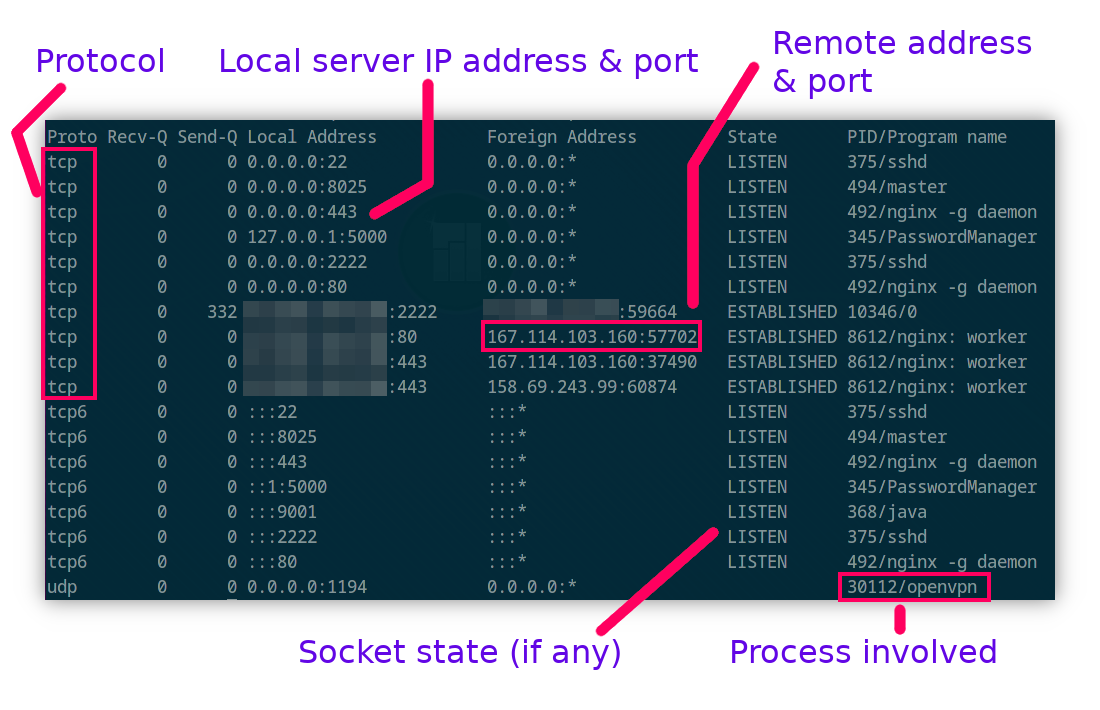

That means that they listen on these ports for inbound communications. For example, DHCP requests will always come from port 67 on a client, and the DHCP service (the server component) always listens on port 68. The first 1024 of those are reserved for specific services and protocols to use as senders or listeners.

But we very rarely think about the other side of that, which is that the communication has to have a source port available to use.Īs you might know, there are 65,535 ports available for TCP and UDP connections in TCP/IP. We usually think of network connectivity requirements in inbound terms – our clients need to connect to a server on a specific TCP or UDP port, like port 80 for web browsing or port 445 for file shares (SMB). In order to understand port exhaustion, you need to first understand that everything I listed above requires servers to be able to initiateĬonnections to other servers. But usually we find that most of the time, memory isn’t the issue, and you can end up trying to troubleshoot memory problems that aren’t there. Now, some administrators out there are going to suspect a memory leak of some kind when this problem happens, and it’s true that memory leaks can cause the same type of issues (I’ll explain why in a moment). What port exhaustion really means is that we don’t have any more ports available for communication. So what is port exhaustion? You might think that it’s where the ports on the computer get tired and just start responding slower over time – but, well, computers aren’t human, and they certainly aren’t supposed to get tired. A few hours or a few days later, it comes back. But here’s the big one: You reboot the server(s) involved, and the problem goes away - temporarily. That’s just a sample of the most common symptoms that we see. MMC consoles won’t work or won’t be able to connect to remote servers. Replication might fail between domain controllers

Trust operations might fail between domain controllers

Users won’t be able to connect to file shares on a remote server Port exhaustion can cause all kinds of problems for your servers. It’s a condition we call port exhaustion, and it’s a problem that will cause TCP and UDP communications with other machines over the network to fail. Today I wanted to talk about something that we see all the time here in Directory Services, but that doesn’t usually get a lot of press. First published on TechNet on Oct 29, 2008


 0 kommentar(er)
0 kommentar(er)
